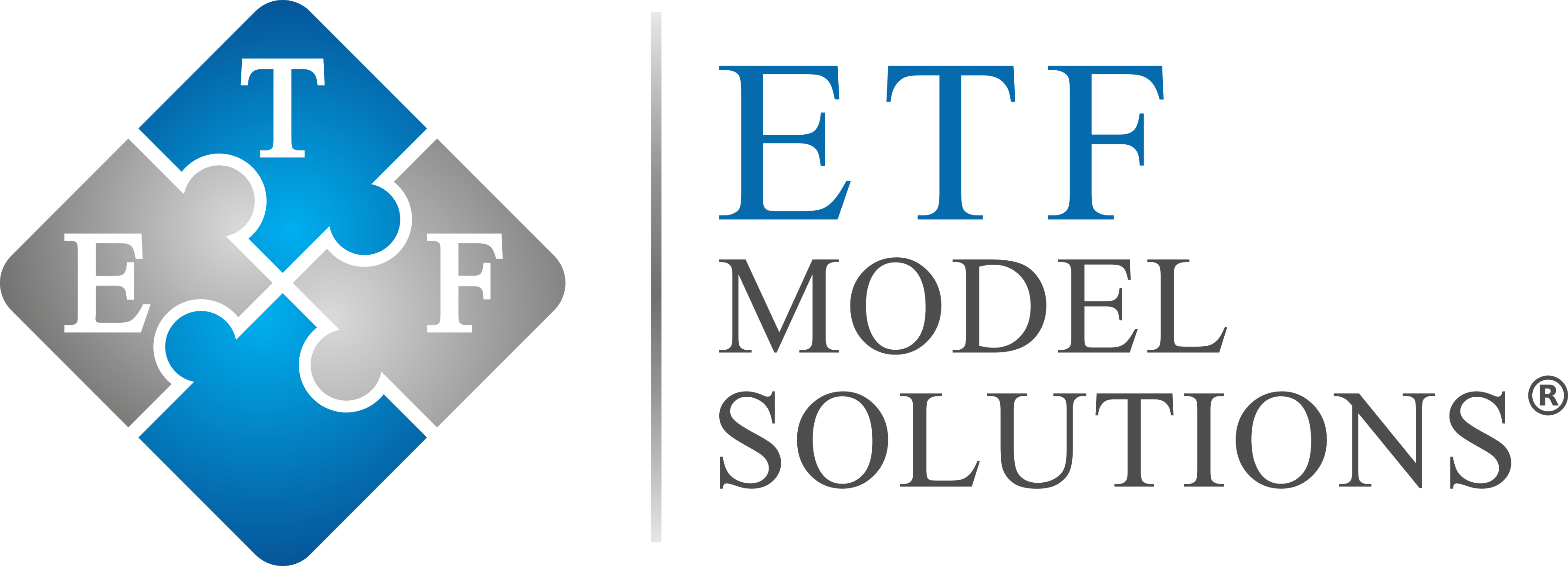In a recent article on Bloomberg.com, Ye Xie discusses one winner in the Brexit rout. Over the past few days, managed futures funds were one of the few investment classes to boast positive returns. One fund, AQR Managed Futures Strategy Fund, rallied 6.3% over the past 2 days (as of June 27, 2016).
What are managed futures? Managed Futures are an example of an alternative investment which adds diversification to a portfolio. Investors who understand the benefits of diversification know that different asset classes often move in opposite directions. The very point of a diversified portfolio is to avoid making bets on a particular type of investment, like large-cap U.S. stocks, to the exclusion of others. Instead, the idea is to own different types of stocks, as well as bonds and alternative investments. Alternatives, which also include real estate and commodities, often show low correlation to stocks and bonds.
Managed futures gained popularity after the global financial crisis in 2008, as they were up for the year. The term “managed futures” usually refers to a trading strategy that may use long or short exposure to instruments such as metals, agricultural commodities, equity indexes, currencies and U.S. government bonds. Because it’s impractical to take possession of gold bars or wheat bushels, managers often turn to derivatives, particularly futures. This gives managers the flexibility to trade more liquid investments. Since managers can take short positions, the funds can potentially benefit from a declining stock market or a drop in a commodity’s price.
Managed futures provide diversification, but they also require some patience. Investors must understand the goal is not to match equity market returns, but rather to produce an absolute return profile that isn’t dependent on market direction. Managed futures may also face higher volatility than other asset classes, because they can incorporate leverage and short positions. Additionally, managed future mutual funds typically have higher expense ratios than stock and bond funds because the trading costs are higher.
How can an individual invest in managed futures? According to Morningstar, there are almost 50 managed futures mutual funds, but only 5 managed futures ETFs. We utilize several managed futures funds in our three dimensional asset allocation models based on the Endowment Investment PhilosophyTM. AQR Managed Futures Strategy Fund (AQMNX), a mutual fund, and WisdomTree Managed Futures Strategy ETF (WDTI) are both used in our alternatives bucket. The average Endowment has a 1-2% allocation to managed futures, according to NACUBO.
The information presented by ETF Model SolutionsTM, LLC. is not specific to any individual’s personal circumstances and should not be taken as personal investment advice, nor should it be construed as a firm recommendation. Content is provided for general information and educational purposes based upon publicly available information from sources believed to be reliable—we cannot assure the accuracy or completeness of these materials. Past performance is not necessarily indicative of future results. The information in these materials may change at any time and without notice. If you have any questions please call our offices at 920-785-6010.


